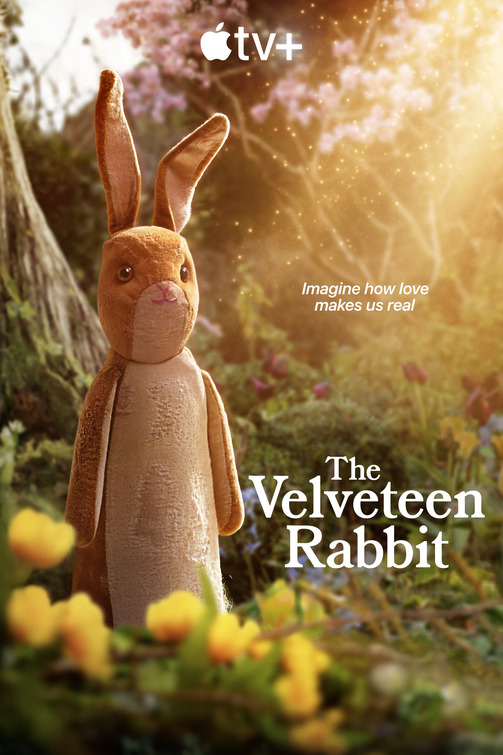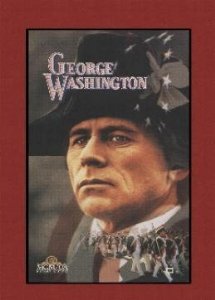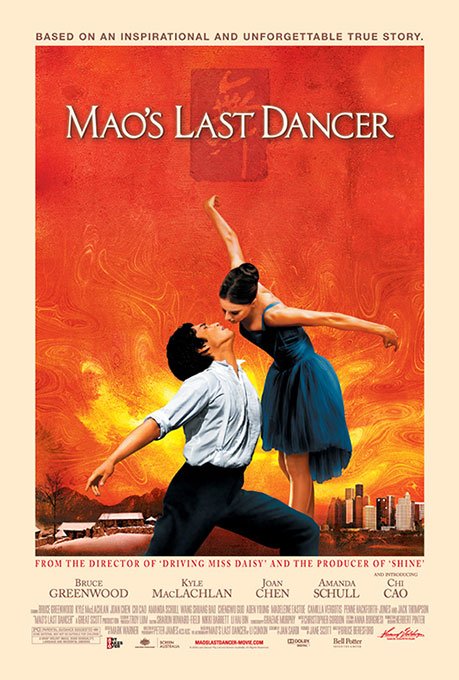
| None | Light | Moderate | Heavy | |
|---|---|---|---|---|
| Language | ||||
| Violence | ||||
| Sex | ||||
| Nudity |
Content:
(L, VVV, Pa, NA, FR, O) Couple of obscenities; excessive fighting violence; Shintoism: Eastern religion & philosophy; occult references.
More Detail:
Pre-conditioning children to worship idols by presenting violent, reptilian, heroes in a half-shell while subtly embodying Japanese religious philosophy and demonic references in its cool characters, TEENAGE MUTANT NINJA TURTLES III potentially corrupts the innocent minds for which it is intended. Set in a sewer in New York and in 1603 Japan, the Turtles are caught between two worlds via a magic scepter. April O’Neill, a New York newscaster, buys the scepter as a going-away present for her green friends. In a flash, April is transmitted to 1603 Japan. At Noronago Castle, Lord Noronago’s son Kinshin is displeased and says, “You have disgraced me Father, with your unjust war!” Because the penalty for disrespect is death, Kinshin’s Father raises his sword to behead his son. At that moment, Lord Noronago’s English friend Walker takes the scepter and chants, “Open wide the gates of time.” Instantly, April arrives while Kinshin is transmitted to New York. The Turtles decide to rescue April by going back in time.
The rest of TEENAGE MUTANT NINJA TURTLES III consists of much violent martial arts fighting. Countless children will be mesmerized by the continuous acts of violence and direct references to the occult. Eastern religious philosophies permeate the movie in its frequent acknowledgments of spirits and demons, and hero-worship derived from the Japanese Shinto religion is the life blood of Ninja Turtles.



 - Content:
- Content: 


